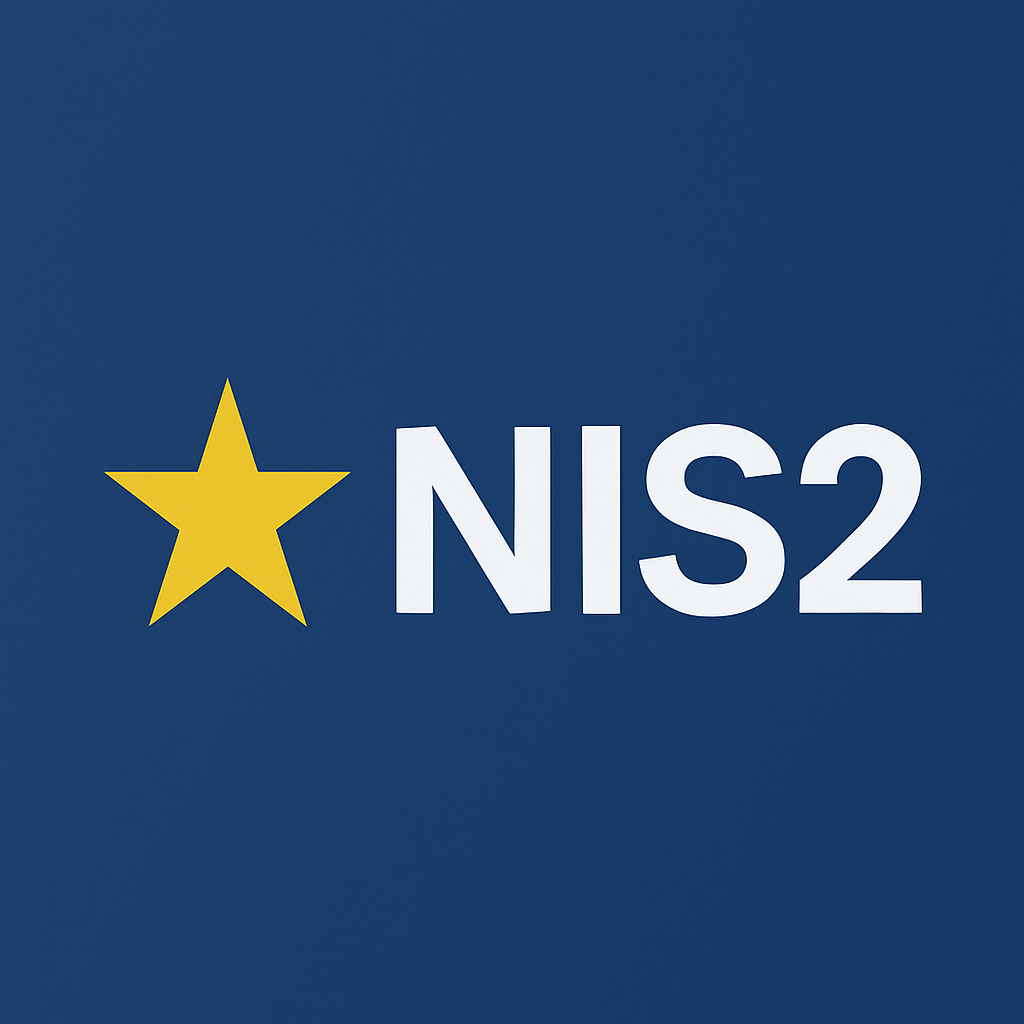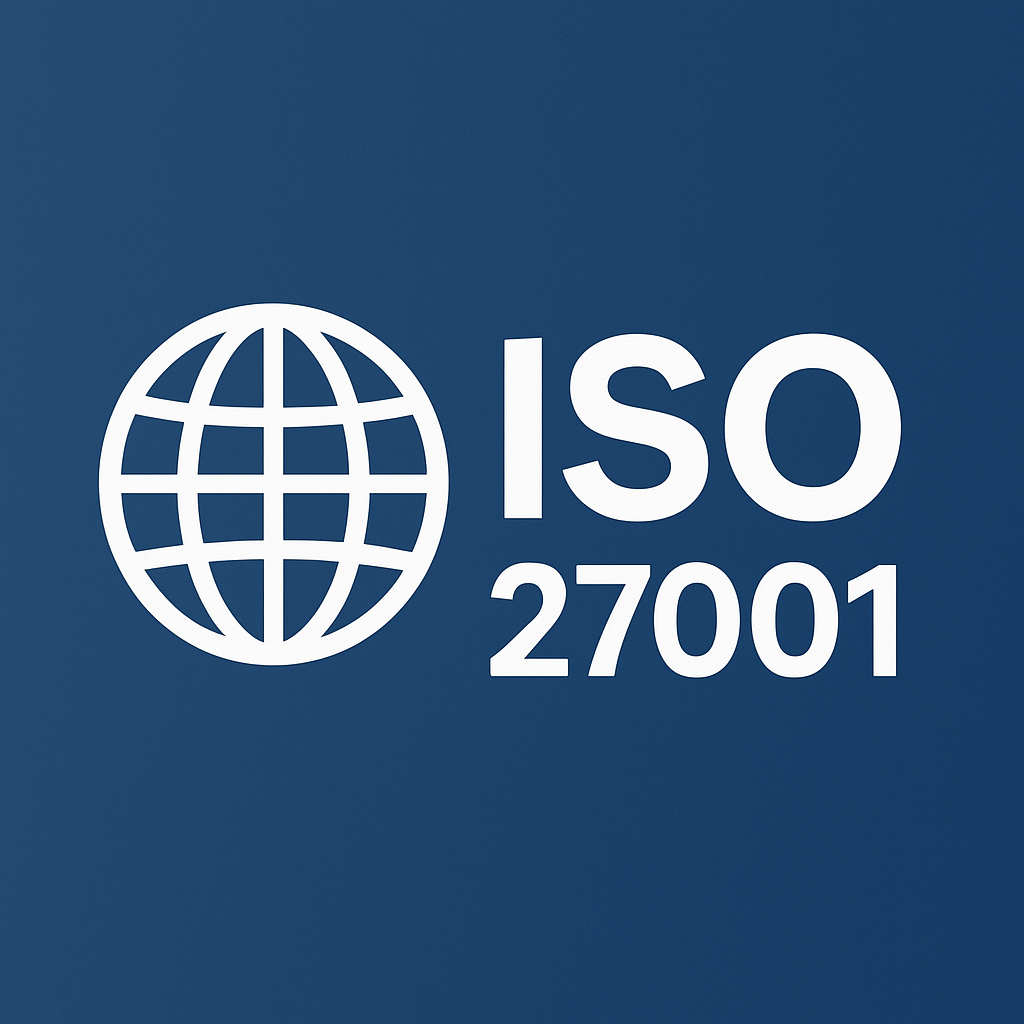Enhanced digital resilience -
when it truly matters
Seadot Cybersecurity helps organizations address increasing threats, growing regulatory demands, and the need for continuity in uncertain times.
At our core are information security, compliance, IT security, and continuity and resilience – areas where we offer deep expertise and operational capability.
Through our competence model, we work in an integrated way with technology, governance, and regulations to create sustainable and resilient digital environments.

What do you know about your security in relation to NIS2?
Take our self-assessment test and get a quick overview of your organization’s cybersecurity.
Before someone else tests your security for you.
Our most in-demand services





Information security is crucial for all organizations today. Valuable information that is sensitive, confidential, or intellectual must be protected against both internal and external threats. Deficiencies can lead to harm to individuals, loss of trust, and significant financial losses.
Most organizations in the 2020s have a digital presence, and many build their operations entirely on digital channels. With this digital approach comes the need to manage IT security risks. This is where IT security comes into play.
Compliance regulations provide organizations with guidelines for protecting their data and IT systems, as well as for addressing existing privacy and security issues. In addition, compliance regulations ensure that companies meet their obligations to prevent incidents caused by negligence or the implementation of inadequate security programs.
IT Risk & Assurance is about identifying, assessing, and managing risks related to IT systems and digital processes. Through structured auditing and risk management, the foundation is laid for secure systems, regulatory compliance, and strong trust in the organization.
AI Governance is about managing and overseeing the use of artificial intelligence in a responsible manner. It involves addressing risks, ensuring transparency, and complying with applicable laws and regulations, such as the AI Act. Through clear guidelines and structures, organizations can use AI in a safe, ethical, and sustainable way.






